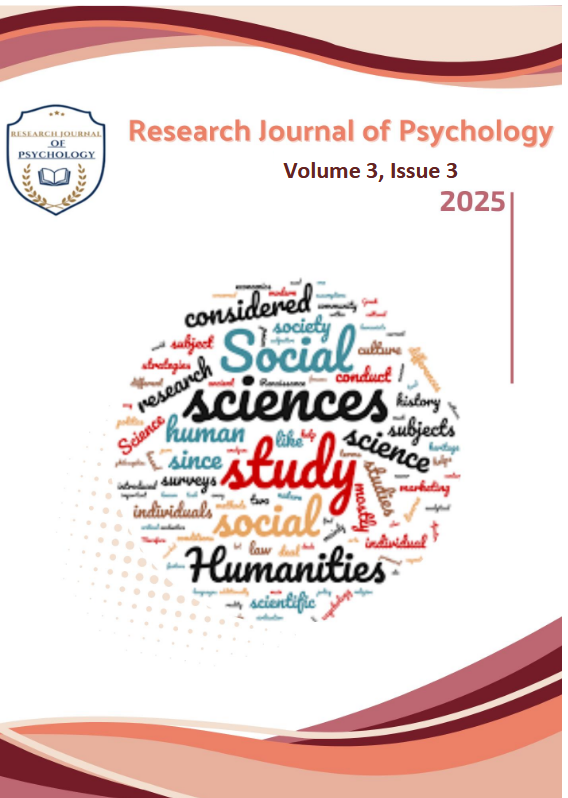Generational Trauma Effect on Paranoia in the Clinical Population
DOI:
https://doi.org/10.59075/rjs.v3i3.182Keywords:
Generational Trauma, ParanoiaAbstract
Generational trauma, also known as intergenerational or transgenerational trauma, implies the transmission of psychological distress and emotional patterns from one generation to the next, arising from events like war, displacement, abuse, and systemic oppression. This study examines how generational trauma results in paranoia among clinical populations. A quantitative research design was used, using purposive sampling. The sample included aged 18-40 years old male and female participants who were selected with clinically diagnosed Anxiety Disorders, Panic Disorders, and Paranoid Disorders. Data were collected in the hospital and private clinic settings of Lahore and Islamabad, which were analyzed using correlation and regression. Prior the findings revealed a non-significant relationship between Generational Trauma and Paranoia. The growing awareness of generational trauma, the relationship with paranoia, remains understudied, particularly in South Asian clinical populations.
Downloads
Published
How to Cite
Issue
Section
License
Copyright (c) 2025 Research Journal of Psychology

This work is licensed under a Creative Commons Attribution 4.0 International License.







